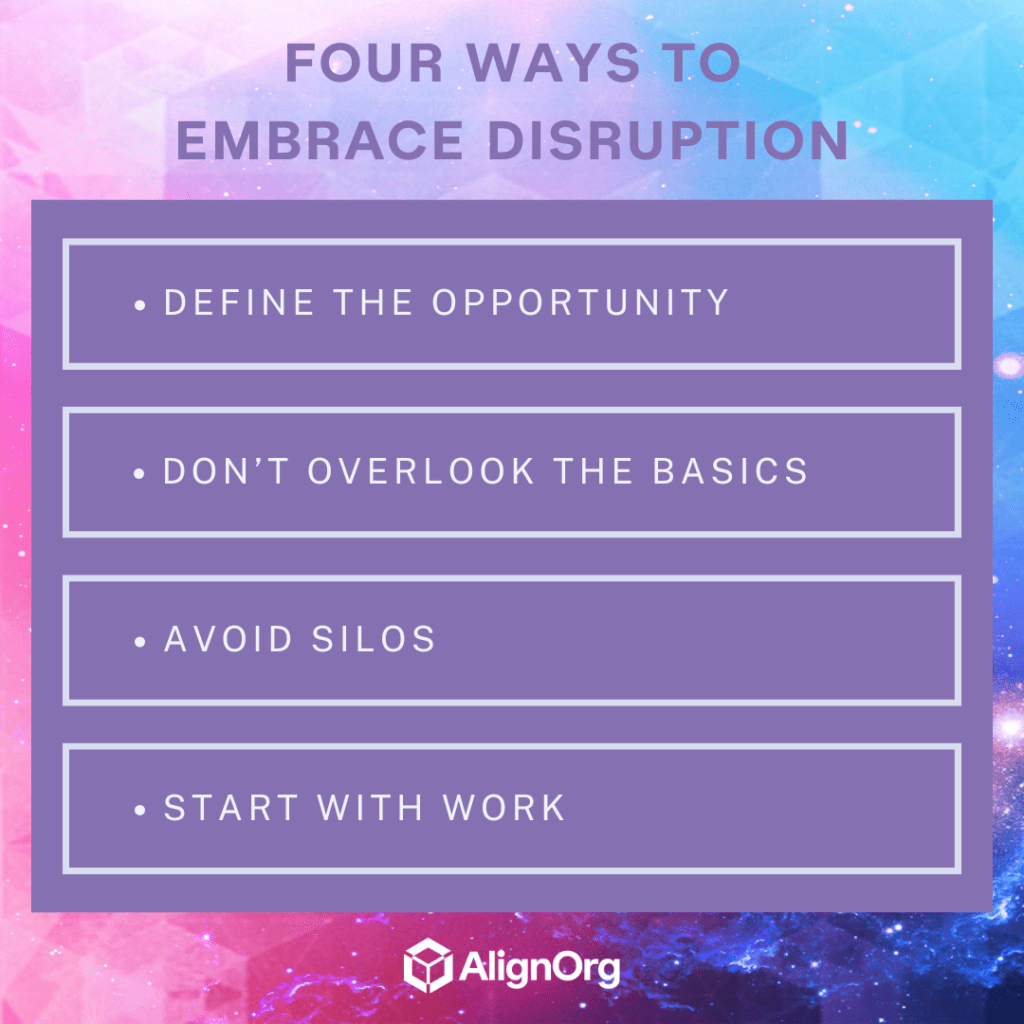Never before has the ability to change the notification settings on my phone been more useful than in the last few weeks. The flurry of executive orders, deep cuts in the federal workforce, restrictive immigration policies, and tariffs, to name a few, are dizzying. The notifications are a nuisance, but the implications are real. Business leaders are assessing disruption to customer and shareholder expectations, internal processes and programs, supply chains and more.
Take, for example, the two executive orders ending Diversity, Equity and Inclusion (DEI) initiatives. A February 13, 2025, SHRM article explained how the first executive order required the government agencies to “terminate to the maximum extent allowed by law, all DEI, DEIA, and environmental justice offices and positions, all equity action plans, equity actions, initiatives or programs, equity-related grants or contracts and all DEI or DEIA performance requirements for employees, contractors, or grantees” within 60 days. A second order revoked an executive order from the previous administration that required federal contractors to practice affirmative action based on race and gender. The broader implication affects many organizations that are federal contractors and grant recipients. As such, they must comply with the Office of Federal Contract Compliance Program (OFCCP) guidelines.
Over the past 4-5 years, organizations have built capabilities in DEI, created roles, developed programs and aligned practices. They aimed to comply with guidelines and achieve the benefits of a diverse and inclusive workforce. Abrupt changes to philosophy and law have affected numerous parts of these organizations, including hiring, reporting, leadership programming, employee groups, benefits, internal legal guidance and ESG reporting. Organizational elements that were aligned to achieve differentiated value are suddenly misaligned.
Coping with Uncertainty
A 2024 Gartner report noted that CEOs are focused on growth through transformation. However, the report also highlighted high levels of uncertainty. Uncertainty can be enemy number one to our confidence and progress. It’s a nuisance, like the countless phone notifications we receive. This uncertainty can prompt a scramble among leaders to assess implications and formulate plans quickly. Add in human behavior — some people thrive in ambiguity and throw a pot of spaghetti on the wall to see what sticks; others freeze in place, waiting for the complexity to clear — and it turns into a convoluted mess.
How Should We Embrace Disruption?
The key is to respond rather than react with erratic decisions or inaction. Here are four effective ways to embrace disruption and strategically achieve your goals.

1. Define the Opportunity
We find that when clients take the time to clearly define the opportunity or the problem before jumping to solutions, they create better solutions faster. Begin by defining the results or requirements stemming from the pain/desire. Then, determine if those are systemic (i.e., tied to the entire organization) or non-systemic, which are at the group or individual level. For example, while DEI programming has fallen out of favor for many organizations, the value of inclusion remains. In his article, Make Inclusion and Operational Strategy Not a Stand Alone Program, Allen Smith advises, “Treating inclusion as a strategic enabler for operational efficiency transforms it from simply a compliance checkbox or ethical stance into a critical driver of measurable, performance-focused outcomes.”
2. Don’t Overlook the Basics
When major disruptions occur, we sometimes complicate matters and overlook the basics, such as focusing on the customer’s perspective. We utilize our ANCHOR tool to assist leaders in gaining essential outside-in clarity. ANCHOR enables leaders to clarify their strategies and create concise ‘need statements’ for their customers. It also delineates what will not be done (the trade-offs) and how to assess the outcomes. ANCHOR serves as a guiding star for ongoing alignment between your value proposition to the customer and the work you’re doing internally.
3. Avoid Silos
Business units and functions often become siloed in the name of speed and autonomy. When the external environment triggers complex changes, it is an opportunity to bring leaders together to assess the organization systemically, based on the customer and the key capabilities required to achieve your strategy. High involvement and participation with diverse opinions may take longer in the short term but result in the best decisions in the long term. We consistently find that when leaders from different parts of the organization come together to solve challenges, the organization delivers better results, and engagement and productivity are higher. Don’t go alone; go aligned!
4. Start With the Work
When you hear org design, do you think immediately of structure? Structure is often where leaders start when dealing with the need for change. Dusting off your PowerPoint deck with your team’s org chart and moving boxes around is an easy trap to fall into. Attempting to organize solely around people is a sure path to losing sight of the customer. The scope of the defined problem or opportunity and the value proposition help identify the capabilities needed to achieve your vision and strategy. We help clients define the strategic vs. necessary and compliant work and how best to organize that work to achieve their differentiation. Starting with the work brings clarity and alignment based on customer needs. Then, you’re ready to scratch the structure itch.
Focus on the Meaningful
Change and disruptions are not slowing down. We often spend all our time and energy on urgent items, falling into bed exhausted, only to wake anxious about what’s left undone. While we must address implications to the rapidly changing external environment, we can choose not to be distracted from defining and aligning around what truly differentiates our organizations. Personally, I’m trying to reduce the notification noise and focus on meaningful work, not just urgent work. This is where we manifest our differentiation as an organization and meaningfulness as human beings.





